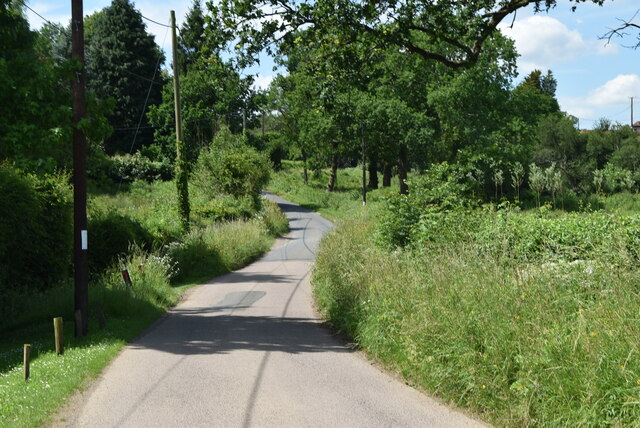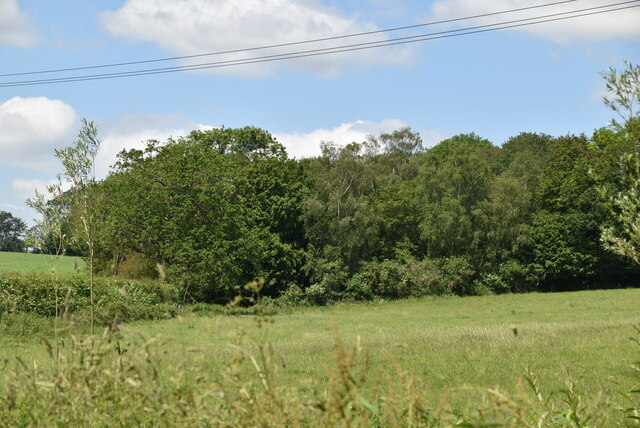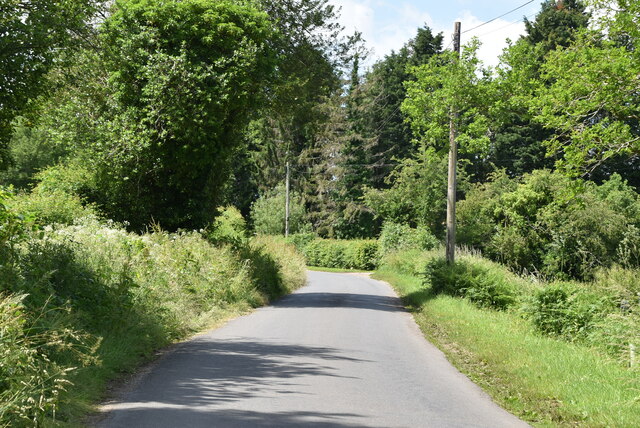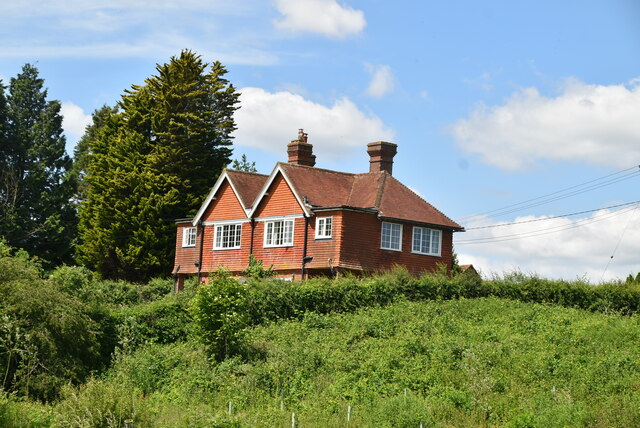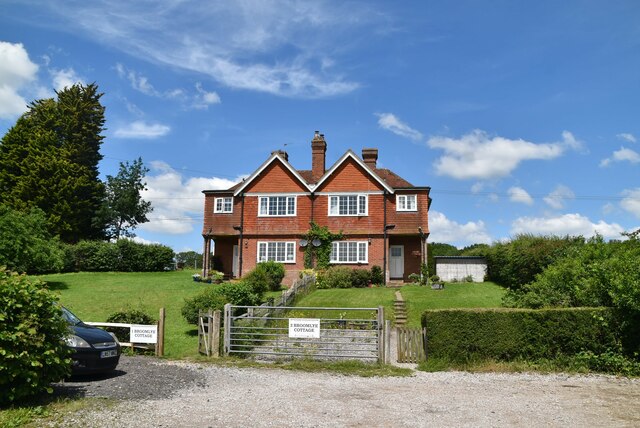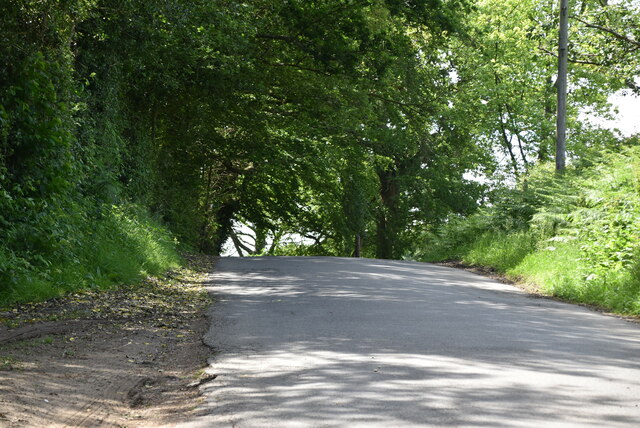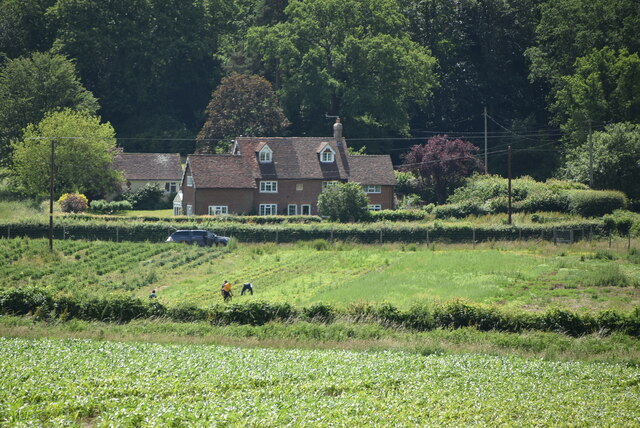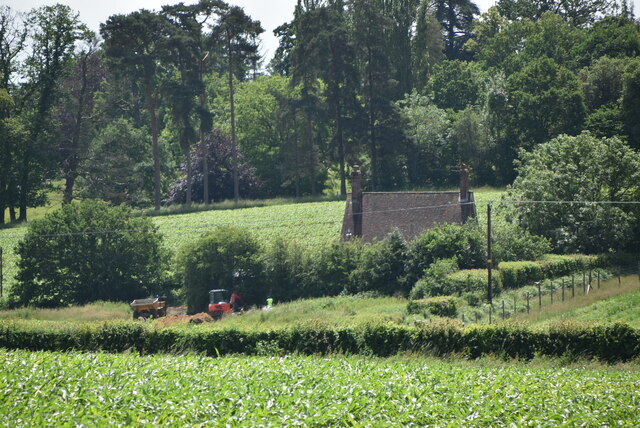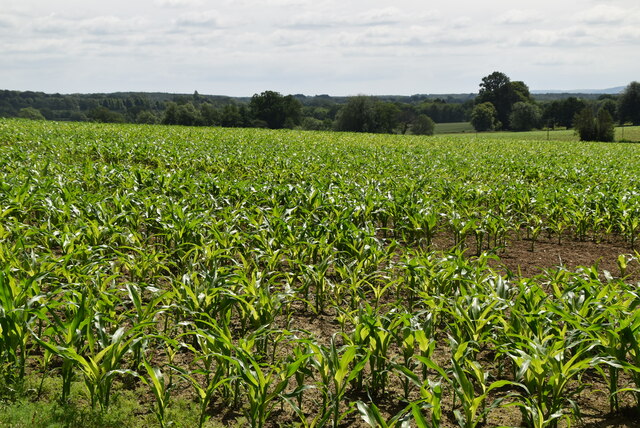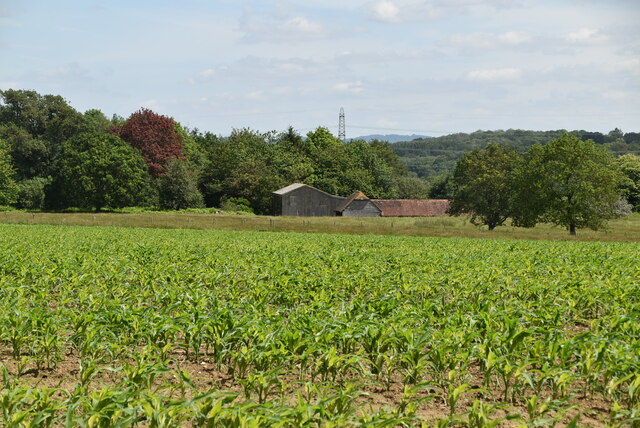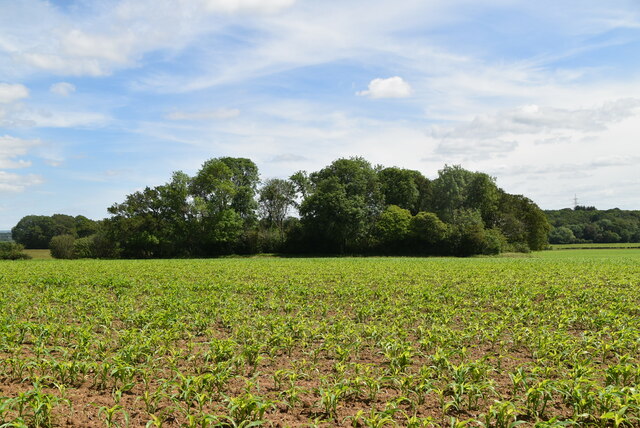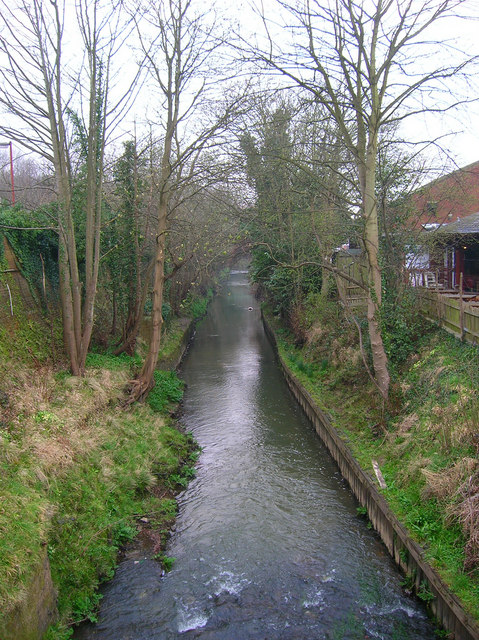Founthill Wood
Wood, Forest in Sussex Lewes
England
Founthill Wood
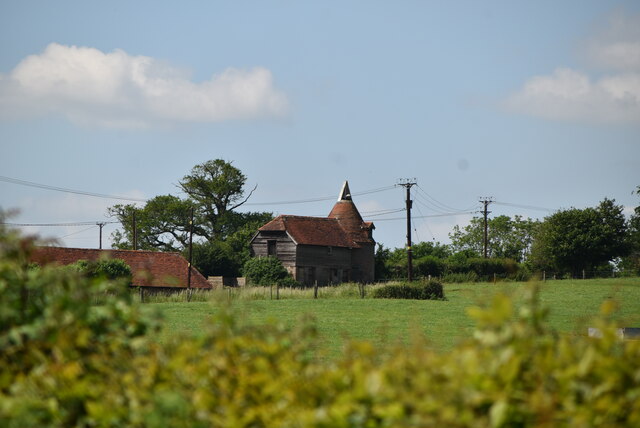
Founthill Wood is a picturesque woodland located in Sussex, England. Spanning approximately 200 acres, this ancient forest offers a diverse range of flora and fauna, making it a popular destination for nature enthusiasts and hikers alike.
The wood is primarily composed of broadleaf trees such as oak, beech, and ash, which create a dense canopy that provides shade and shelter for the woodland floor. Bluebells, primroses, and wild garlic carpet the forest floor during the spring months, adding vibrant splashes of color to the landscape.
Founthill Wood is home to a rich variety of wildlife. Deer can often be spotted grazing peacefully among the trees, while foxes and badgers roam the undergrowth. Birdwatchers will delight in the abundance of avian species, including woodpeckers, owls, and various songbirds.
Several walking trails wind through the wood, offering visitors the opportunity to explore its natural beauty. The paths are well-maintained and suitable for all fitness levels, with some routes leading to stunning viewpoints overlooking the surrounding countryside.
Historically, Founthill Wood played a significant role in the timber industry, providing a source of wood for construction and fuel. Today, it is managed by a local conservation group, who work to preserve its unique ecosystem and protect its biodiversity.
For those seeking tranquility and a connection with nature, Founthill Wood is a hidden gem in the Sussex countryside, offering a peaceful retreat away from the hustle and bustle of everyday life.
If you have any feedback on the listing, please let us know in the comments section below.
Founthill Wood Images
Images are sourced within 2km of 50.966054/0.029876805 or Grid Reference TQ4220. Thanks to Geograph Open Source API. All images are credited.
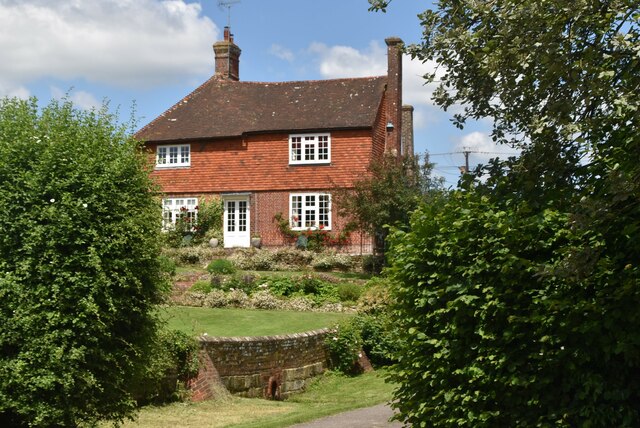
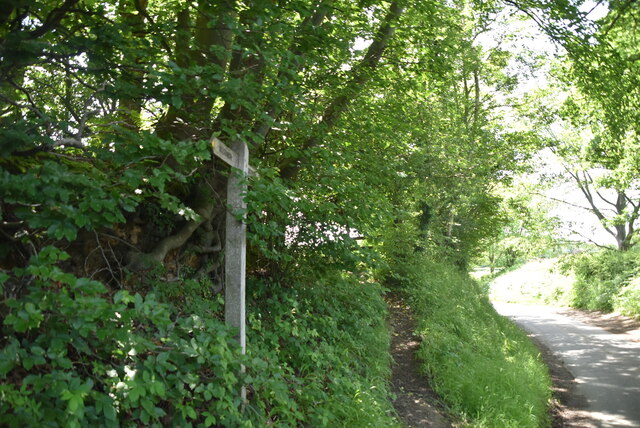
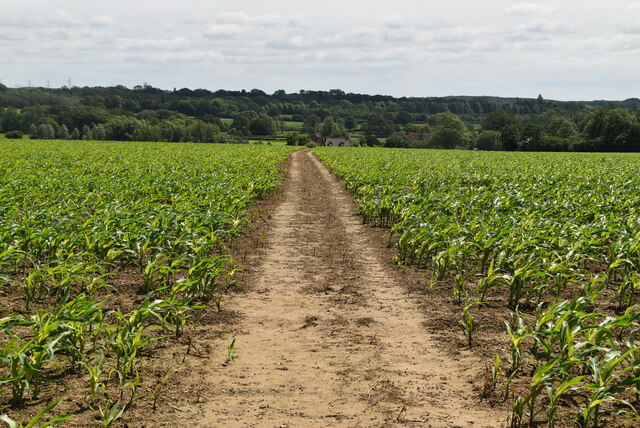

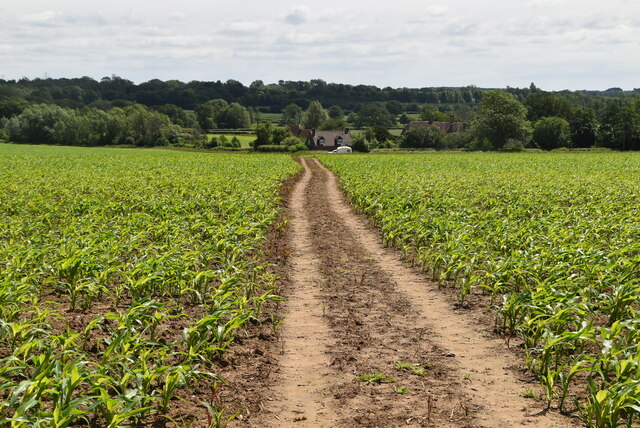
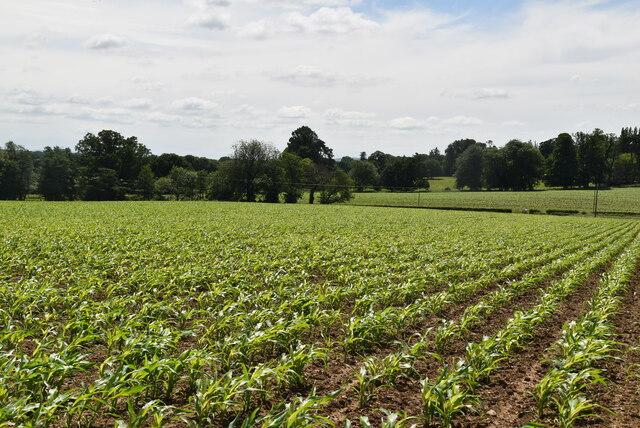
Founthill Wood is located at Grid Ref: TQ4220 (Lat: 50.966054, Lng: 0.029876805)
Administrative County: East Sussex
District: Lewes
Police Authority: Sussex
What 3 Words
///cartoons.revival.acquaint. Near Newick, East Sussex
Nearby Locations
Related Wikis
Newick
Newick is a village, civil parish and electoral ward in the Lewes District of East Sussex, England. It is located on the A272 road six miles (9.7 km) east...
Zion Chapel, Newick
Zion Chapel is a former Strict Baptist place of worship in the village of Newick in Lewes District, one of six local government districts in the English...
Piltdown
Piltdown is a series of hamlets in East Sussex, England, located south of Ashdown Forest. It is best known for the Piltdown Man hoax where amateur archaeologist...
Newick and Chailey railway station
Newick and Chailey was a railway station located in North Chailey and located near the villages of Newick and Chailey in East Sussex, England. It was part...
Fletching, East Sussex
Fletching is a village and civil parish in the Wealden District of East Sussex, England. It is located three miles (4.8 km) to the north-west of Uckfield...
Chailey
Chailey is a village and civil parish in the Lewes District of East Sussex, England. It is located 7 miles north of Lewes, on the A272 road from Winchester...
River Uck
The River Uck is a river in East Sussex, United Kingdom, which drains a catchment starting near Crowborough in the North, Hadlow Down to the East and Laughton...
Piltdown Man
The Piltdown Man was a paleoanthropological fraud in which bone fragments were presented as the fossilised remains of a previously unknown early human...
Nearby Amenities
Located within 500m of 50.966054,0.029876805Have you been to Founthill Wood?
Leave your review of Founthill Wood below (or comments, questions and feedback).
